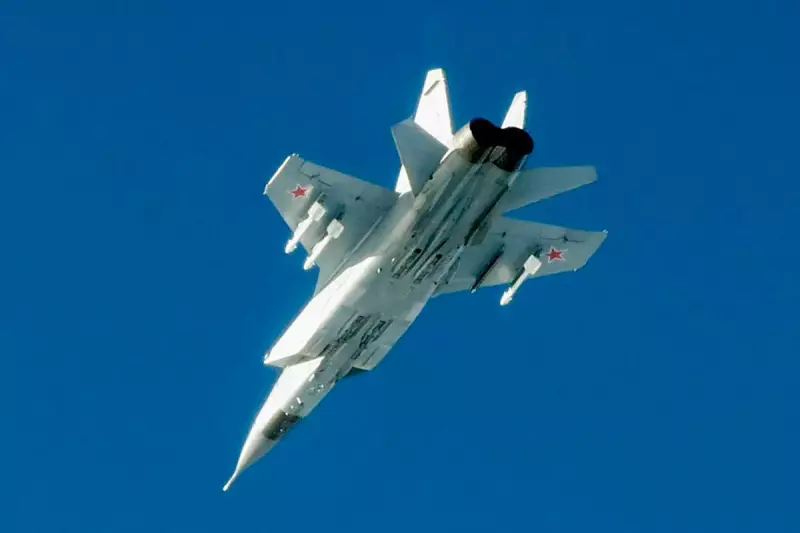
In a significant escalation of military posturing, Russia has deployed state-of-the-art fighter aircraft and sophisticated missile systems to Belarusian airbases mere kilometres from NATO's eastern frontier. This strategic positioning places Russian combat assets within striking distance of multiple alliance member states, raising alarm bells across European defence circles.
Advanced Military Assets at NATO's Doorstep
According to recent intelligence assessments, Moscow has transferred several Sukhoi Su-35S Flanker-E multirole fighters to airbases across Belarus. These fourth-generation-plus aircraft represent some of Russia's most capable air superiority fighters, boasting advanced radar systems and long-range air-to-air missiles that could challenge NATO's aerial dominance in the region.
Complementing the air threat, Russian Iskander-M short-range ballistic missile systems have also been positioned at strategic locations. These highly accurate missiles can deliver both conventional and nuclear warheads over distances exceeding 500 kilometres, placing capitals like Warsaw and Riga well within their operational range.
Strategic Implications for European Security
The deployment comes amid heightened tensions following Russia's ongoing invasion of Ukraine and represents Moscow's latest attempt to pressure Western nations supporting Kyiv's defence efforts. Military analysts suggest this move serves multiple strategic purposes:
- Extended Deterrence: Creating a buffer zone and threatening NATO's eastern flank
- Force Multiplication: Enabling rapid response capabilities against potential Western intervention
- Political Messaging: Demonstrating Russia's willingness to escalate military confrontations
- Training Advantage: Providing Russian pilots with valuable experience operating near NATO airspace
NATO's Response and Regional Concerns
Alliance officials have confirmed monitoring the situation closely, with several member states calling for enhanced air policing missions and increased rotational deployments to vulnerable eastern territories. The Polish Ministry of Defence has particularly emphasised the need for bolstered air defence capabilities along its border with Belarus.
Meanwhile, Baltic states have reported increased instances of Russian aircraft testing response times and defence readiness levels. These incidents, combined with the permanent basing of advanced fighters, create what one NATO diplomat described as "the most dangerous military environment in Europe since the Cold War."
Broader Context of Escalation
This deployment forms part of a broader pattern of Russian military assertiveness that has intensified since the full-scale invasion of Ukraine in February 2022. Recent months have witnessed:
- Increased nuclear rhetoric from Russian officials
- Suspension of key arms control agreements
- Expanded military cooperation with Belarus
- Simulated attack runs near NATO airspace
- Cyber operations targeting Western defence infrastructure
The situation remains fluid, with Western intelligence agencies closely monitoring whether these deployments represent temporary posturing or a more permanent shift in Russia's force disposition along Europe's eastern flank.





